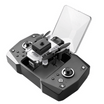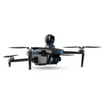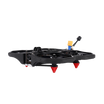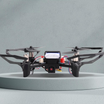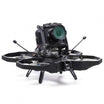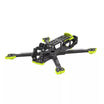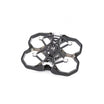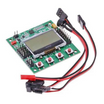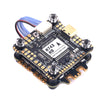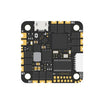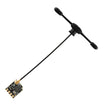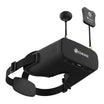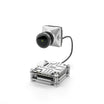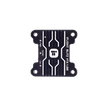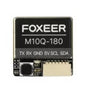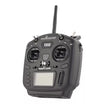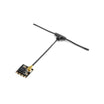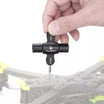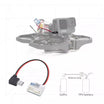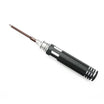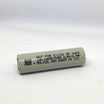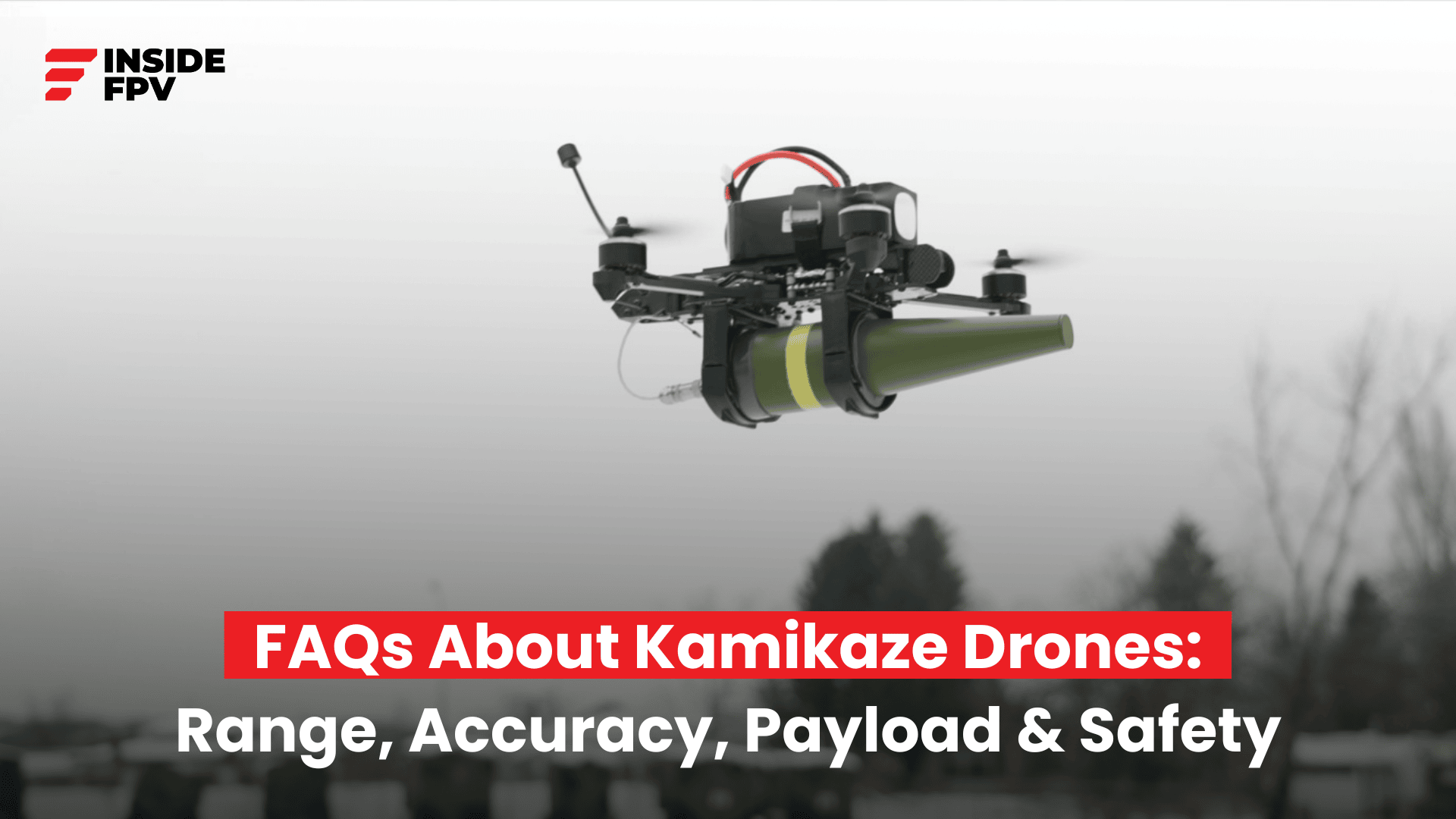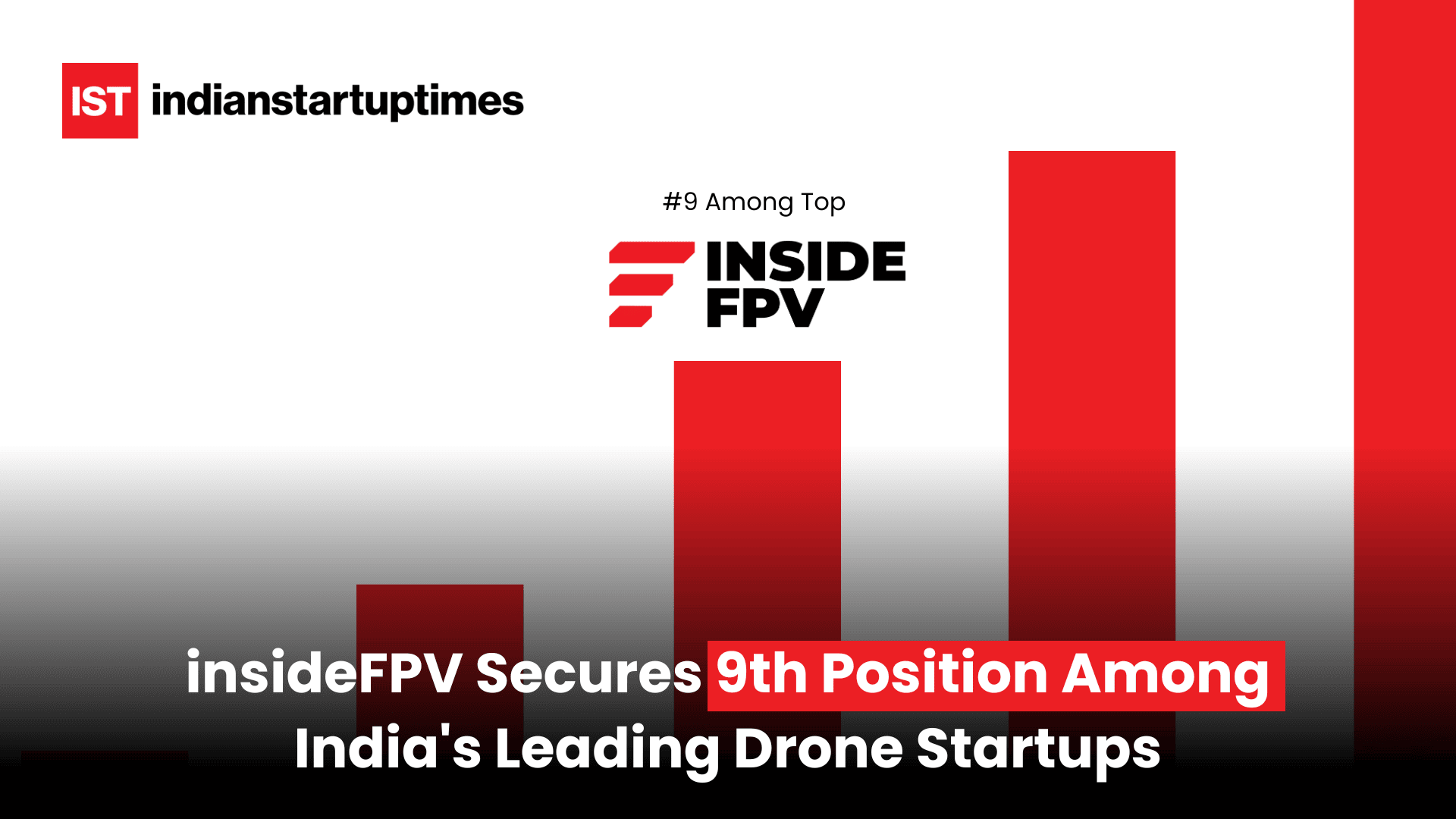Kamikaze drones sound intense, right? The name alone grabs your attention. But beyond the headline-grabbing term lies one of the most fascinating and rapidly evolving technologies in modern warfare.
You’ve probably heard about these drones in the news, especially with the growing use in conflicts across the world.
But what exactly are they? How far can they fly? How precise are they? And are they really safe to use?
If you're curious (or even just mildly intrigued), you’re not alone.
This blog is for people who want clear and real answers about kamikaze drones. Let’s break it all down.
All the Frequently Asked Questions about Kamikaze Drones, Answered
Let us go through all the questions and answers.
#1 So… What Are Kamikaze Drones, Really?
At a basic level, kamikaze drones are flying machines designed to hit a target and destroy themselves in the process. They’re also called loitering munitions, and that term says a lot, they "loiter" or hover in the air, waiting for the right moment to strike.
Once a target is locked in, the drone dives and explodes on impact. It’s a one-way trip, kind of like a guided missile with wings and a camera.
These drones are remotely operated, which means soldiers or operators don’t have to be anywhere near the action. That alone makes them a game-changer on the battlefield.
#2 How Far Can These Drones Fly?
This is one of the first questions people ask and for good reason.
The range of a kamikaze drone depends on its design and purpose. Some are small and made for short-distance missions. Others are built to travel across countries. Here’s a quick rundown:
- Short-range kamikaze drones: These usually cover around 10–30 km. They're great for quick battlefield strikes.
- Medium-range drones: These can reach 50–100 km, giving troops more flexibility.
Long-range drones: Advanced versions can travel over 1000 km, suitable for deep, strategic attacks.
For instance, India is now developing indigenous kamikaze drones that comfortably hit that 50–100 km range, enough to handle most tactical needs at the border.
#3 Are Kamikaze Drones Actually Accurate?
In one word: yes. And in two words: very accurate.
Thanks to onboard cameras, GPS systems, thermal sensors, and sometimes even AI, these drones are remarkably good at hitting their mark. In many cases, they can hit within 1–2 meters of the target. That’s practically surgical precision.
You can think of it this way: a human operator sees what the drone sees, often in real-time using FPV (First Person View) goggles. They can literally guide the drone through windows, over hills, or under power lines to reach the target.
Pretty wild, right?
#4 What Kind of Explosives Do They Carry?
This is where things get even more interesting. Kamikaze drones don’t carry a standard payload, it depends on the mission.
Here’s a general idea:
- Small FPV drones (7–10 inches): Usually carry 300–500g of explosives. That’s enough to disable a vehicle or take out enemy gear.
- Mid-sized drones: Carry 2–5 kg of explosives—big enough to damage tanks, bunkers, or communications centers.
- Heavy-duty models: These might carry 10–30 kg payloads and can do some serious strategic damage.
Some are loaded with anti-personnel explosives, while others carry anti-armor payloads designed to crack open tanks. The beauty is in the flexibility, you can customize the payload based on what needs to be taken out.
Also read: A guide to 7 inch vs 10 inch vs 15 inch Kamikaze drones
#5 Are Kamikaze Drones Safe?
This question is tricky, and the answer depends on who's using the drone and for what purpose.
From a military perspective, they’re actually a safer option. Why? Because the operator is nowhere near the danger zone. A soldier sitting miles away can strike a target without ever stepping foot in enemy territory.
But, of course, there are risks:
-
Wrong target: If GPS gets jammed or visuals are unclear, the drone might hit something it wasn’t supposed to.
-
Falling into the wrong hands: Low-cost FPV drones can be modified and used by non-state actors or insurgent groups. That’s a growing global concern.
- Counter-drone tech: Some countries are developing jammers and anti-drone weapons. If intercepted mid-air, a kamikaze drone could be disabled or worse, redirected.
So while they’re safer than sending in troops, they’re not entirely risk-free.
#6 How Are These Drones Controlled?
There are usually three control methods:
- Manual FPV Control: The operator wears goggles and flies the drone in real-time, just like you’d control a racing drone.
- Semi-Autonomous: You set a route using GPS, and the drone flies on autopilot until you take manual control to strike.
- Fully Autonomous: Rare, but some high-end drones can identify and strike targets on their own. These are controversial and still under heavy scrutiny.
Most battlefield drones today use manual or semi-autonomous control. It gives operators the ability to make split-second decisions, especially in complex environments.
Also read: Use cases of Kamikaze drones in military and defense
#7 Why Are FPV Kamikaze Drones Getting So Popular?
Cost and flexibility are the big reasons.
An FPV kamikaze drone can cost less, but it can take out a target worth ten times as much. That’s what makes them so powerful.
Add to that:
- Real-time visuals
- Custom payloads
- Agility and speed
- Harder to detect and shoot down
It’s no surprise that they’ve become a frontline weapon in conflicts like Ukraine, and now India is gearing up with locally built models too.
#8 Are Kamikaze Drones Only for War?
While they’re clearly designed for military use, the underlying technology behind these drones has other applications, minus the explosives, of course.
Here are a few possibilities:
- Precision demolition of dangerous buildings or structures
- Clearing unexploded bombs or landmines
- Controlled fire management in forests
But let’s be clear: they’re heavily regulated. You can’t just buy one off the shelf and fly it around. Safety and security are still top priorities.
Also read: Where to buy Kamikaze drones and what to ask the seller
#9 What’s India Doing in This Space?
India isn’t sitting back and watching. There’s a big push to develop Make in India kamikaze drones that are suited for our terrain, climate, and defense needs.
Several defense startups and agencies are building drones that:
- Reach 50–100 km
- Carry customizable warheads
- Handle electronic warfare (like jamming)
- Integrate AI-based targeting
This is a big deal. It means India can reduce reliance on imports and tailor drones specifically for high-altitude borders or counter-insurgency ops.
#10 How Much Do These Drones Cost?
Costs vary depending on complexity:
-
DIY FPV kamikaze drones: ₹25,000–₹80,000 ($300–$1000)
-
Mid-range military drones: ₹8 lakh–₹25 lakh ($10,000–$30,000)
-
High-end strategic drones: ₹80 lakh+ ($100,000+)
What’s promising is that Indian-made drones are expected to bring down costs while maintaining high standards. This makes them accessible to more units on the ground.
Final Thoughts
Kamikaze drones are real, they're effective, and they’re shaping the future of warfare. But they’re also stirring up important conversations about safety, ethics, and control.
If you’re intrigued, you're not alone. Whether you’re a defense professional, a policymaker, or just someone who loves tech, understanding kamikaze drones is becoming essential.

